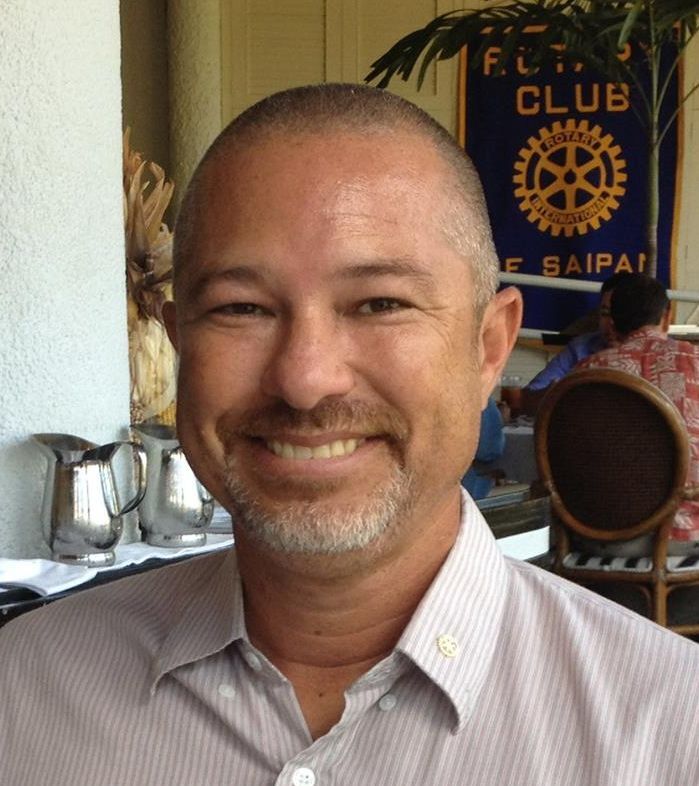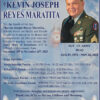
Greg Borja
ABOUT a year and a half ago, the CNMI took part in a Walkability/Rollability workshop. Over the course of three days members of the community and organizations provided input on creating a safe and supportive environment for individuals of all modalities (https://stupefied-booth.160-153-177-131.plesk.page/news/chcc-wraps-three-days-of-walkability-institute-workshops-on-saipan-tinian-and-rota/article_8024af2e-24aa-11ee-8d0f-f7313d14d235.html).
Just this past month, it was reported that the Garapan Revitalization project was 92% complete and that all streets within the Garapan Core are fully paved and enhanced with revitalized curbs, sidewalks, and parking spaces (https://stupefied-booth.160-153-177-131.plesk.page/news/local/opd-all-garapan-core-streets-fully-paved-garapan-revitalization-project-92-complete/article_9fd06942-d3e2-11ef-b326-9beb58ee0103.html)
I was under the impression that the two projects overlapped and would be a great benefit to our community. Safe area for locals and tourists to move about Garapan with impeding traffic. I do not frequent the Garapan hotel area with the exception of an occasional meeting, but I was there for dinner recently. Standing outside the restaurant, I was impressed seeing all of the new renovations. I was happy to see tourists walking up the street visiting shops and taking in the sights. Then I wondered, why were they walking on the street, when we have new enhanced sidewalks? That is when I noticed a tree in the middle of the sidewalk. I’m not sure whose idea it was, there was not just one tree, but several trees all along the route. I observed families pushing strollers having to leave the sidewalk and go into the street because, the path was too narrow or a branch too low to pass safely on the sidewalk. I thought about whether our Manamko’ or people using wheelchairs would be able to move around without having to get into the street. Is this walkable or rollable? Is this safe?
In 1990, the Americans with Disabilities Act was passed into law creating protections for people with disabilities. The Act provides guidelines that inform federal, state, and local governments as to the standards required by the ADA in regard to accessibility. Within those guidelines, a “path of travel” is readily accessible to and usable by individuals with disabilities, including individuals who use wheelchairs, unless the cost and scope of such alterations is disproportionate to the cost of the overall alteration. A “path of travel” includes a continuous, unobstructed way of pedestrian passage by means of which the altered area may be approached, entered, and exited, and which connects the altered area with an exterior approach (including sidewalks, streets, and parking areas), an entrance to the facility, and other parts of the facility. After 34 years, there are still areas in Garapan that do not meet these standards. We can do better CNMI.
The Northern Marianas Protection & Advocacy Systems Inc is the state-designated agency for disability rights law. We are a private, non-profit (501(c)(3)) organization whose mission is, “To protect the Human, Civil, and Legal rights of persons with disabilities.” We use laws such as the ADA to ensure individuals with disabilities have equal access and participation in our community. We provide legal representation to qualified individuals who have faced discrimination or barriers to services as a result of their disability.
For more information on your rights under the Americans with Disabilities Act, please contact NMPASI at (670) 235-7273: Saipan, (670) 287-9937: Tinian, and (670) 287-9943: Rota or visit us online at www.nmpasi.org/, and/or walk-in at our office on Saipan, Room 505 at the Marianas Business Plaza in Susupe.











